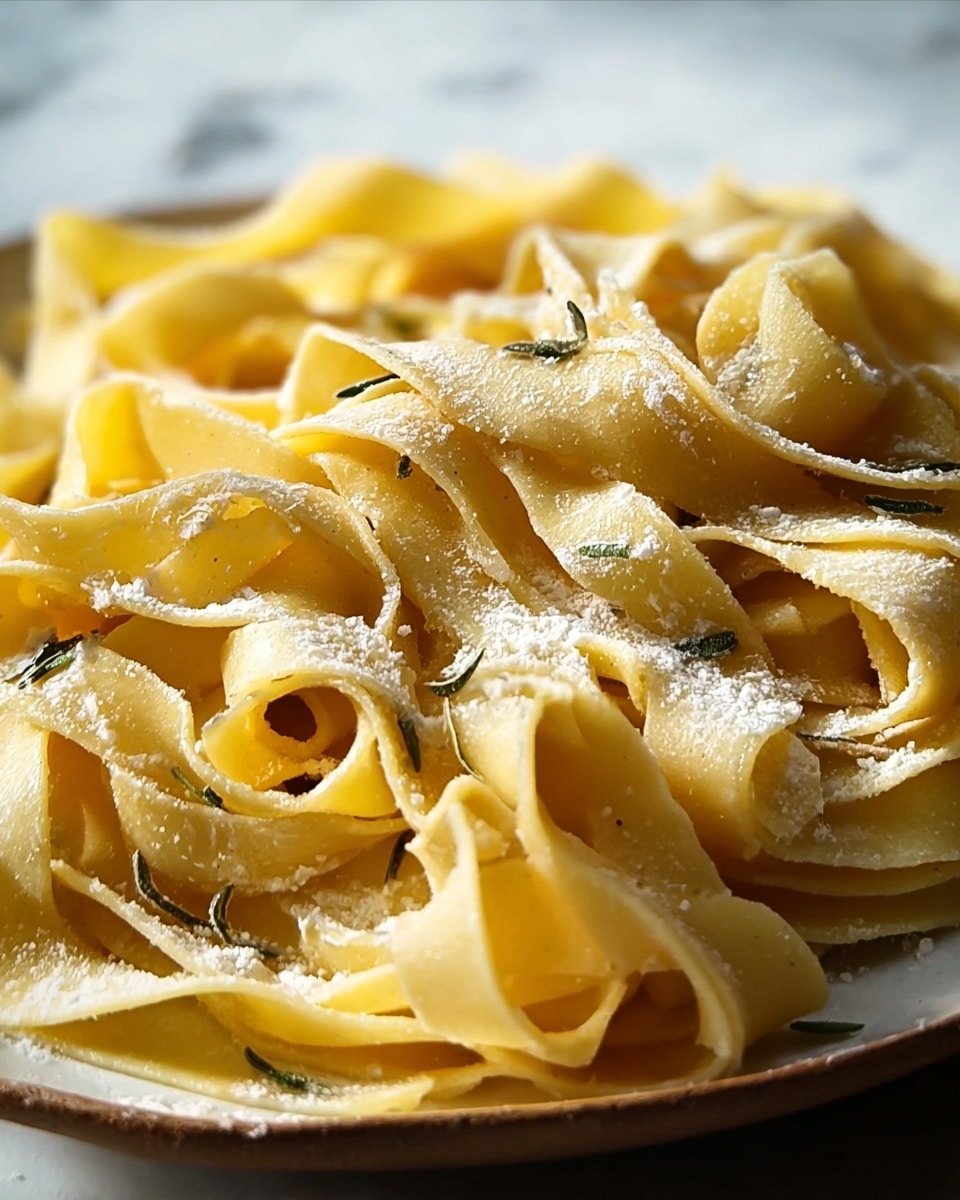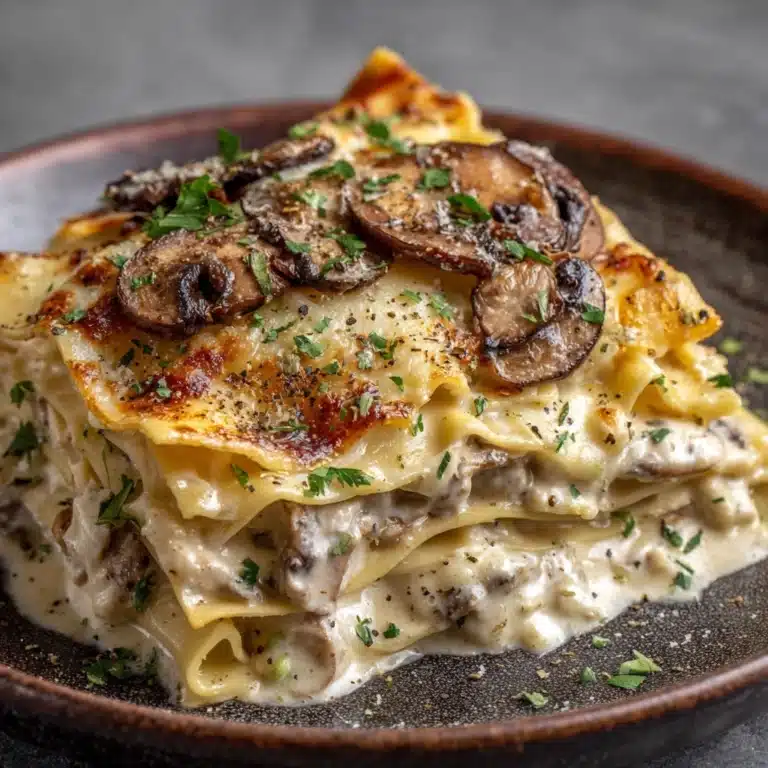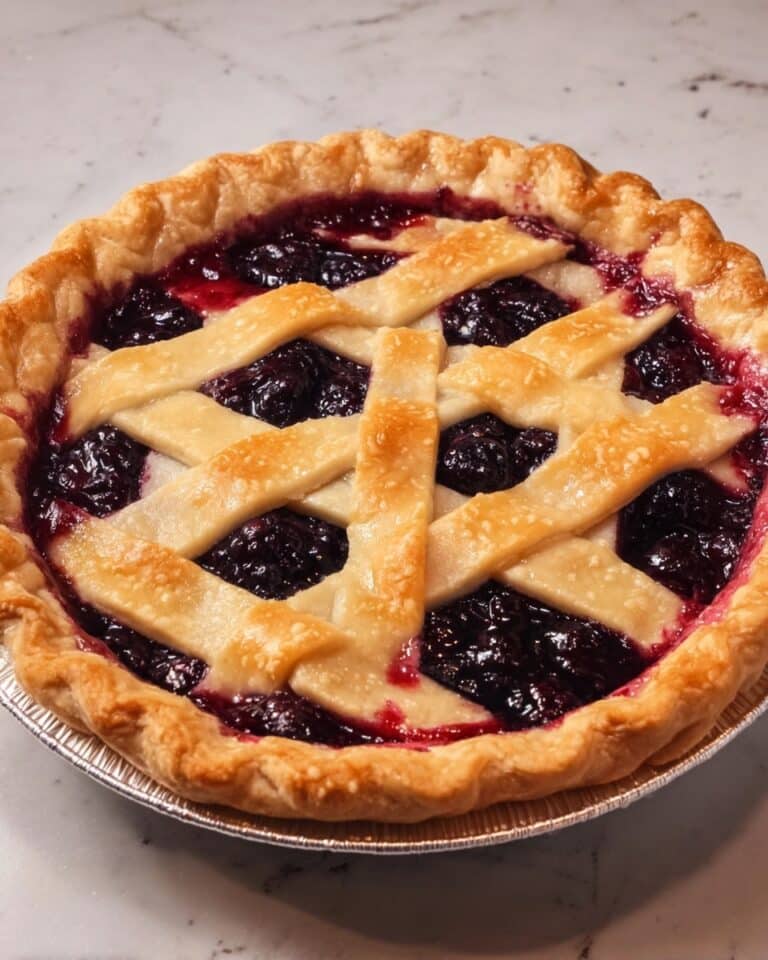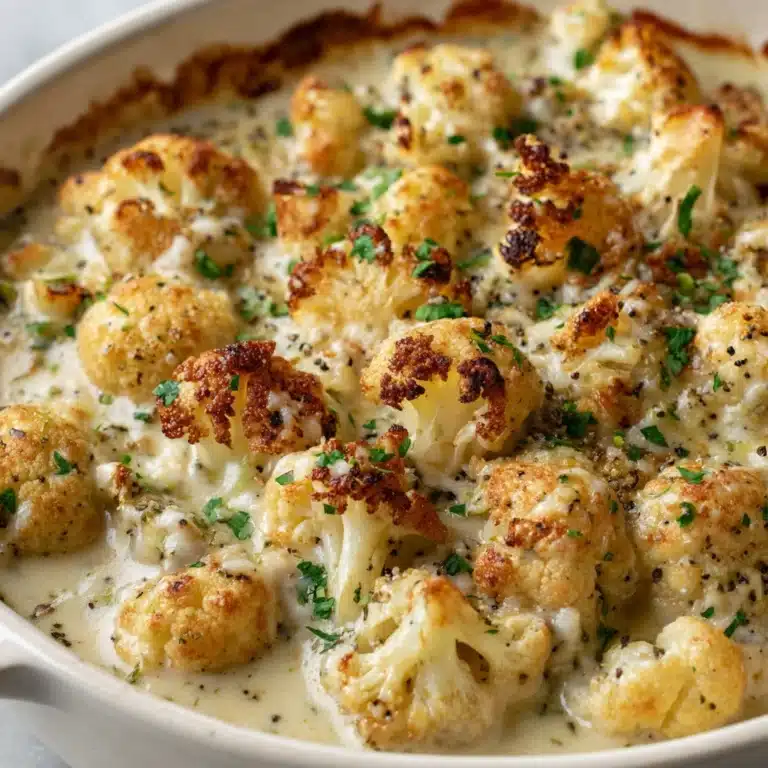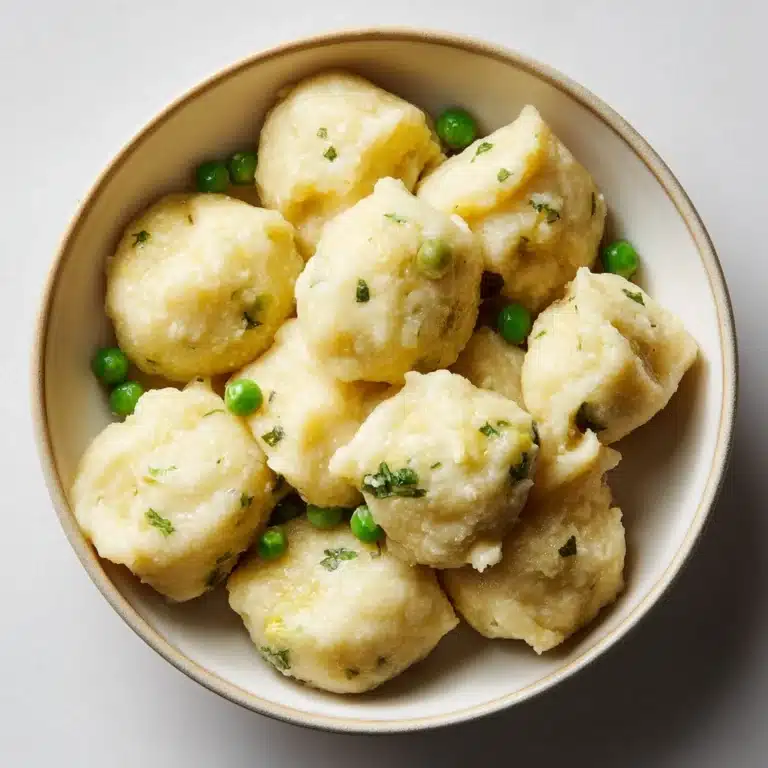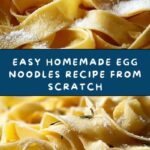If you’ve ever dreamed of elevating a simple pasta night into an unforgettable kitchen adventure, this Homemade Egg Noodles Recipe is exactly what you need. Not only does it deliver that fresh, rich flavor you just can’t get from store-bought noodles, but it also transforms the cooking process into a hands-on, rewarding experience. These tender, golden noodles have a light chew and a warm homemade taste that perfectly complements everything from hearty stews to delicate sauces. Once you try making homemade noodles from scratch, you’ll wonder how you ever settled for anything less.
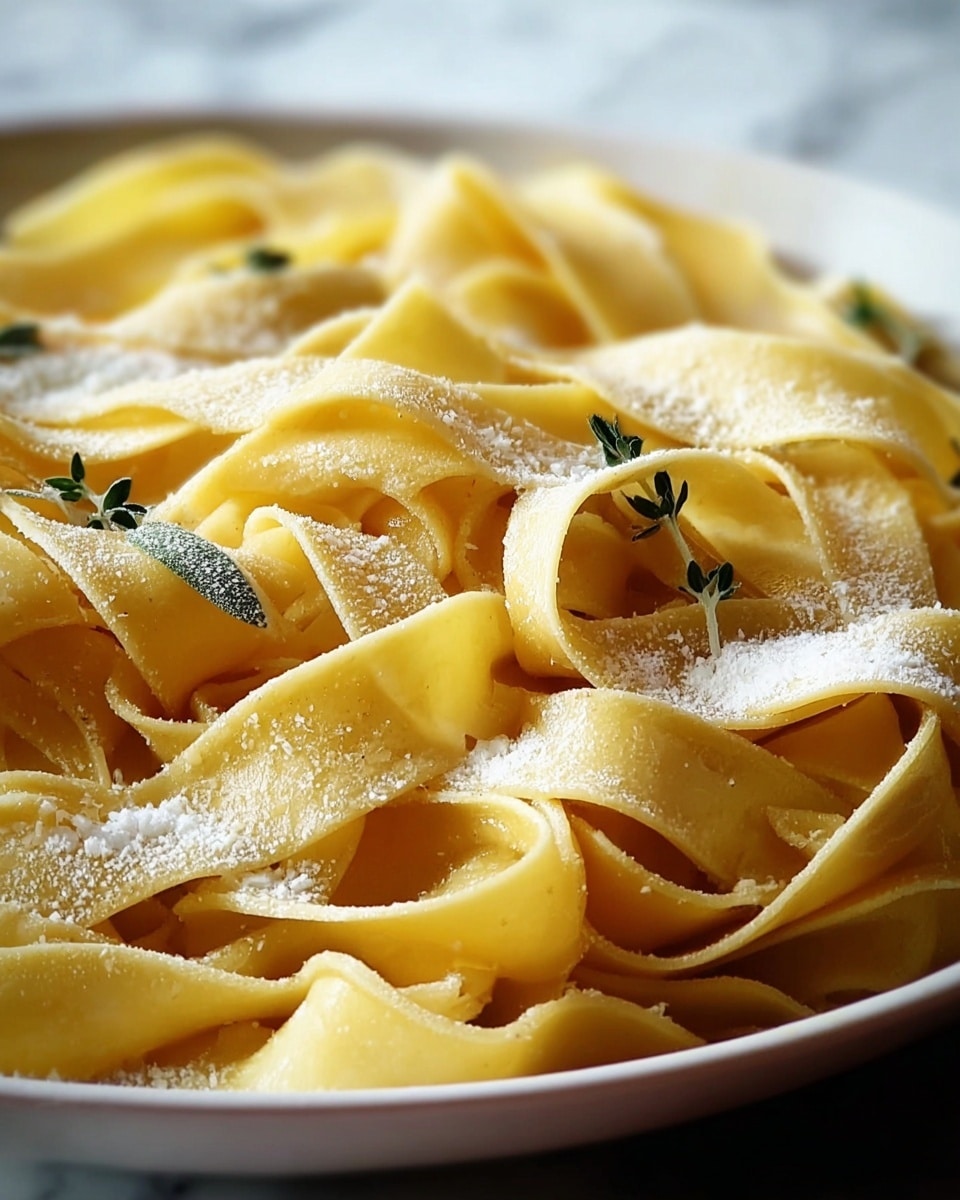
Ingredients You’ll Need
The beauty of this recipe is how simple and straightforward the ingredients are, yet each one plays a crucial role in crafting those perfect noodles. From the flour that provides structure to the eggs that give the dough its rich, golden color and silky texture, every component is essential.
- 2 cups all-purpose flour: The backbone of your noodles, offering the right balance of protein for elasticity and bite.
- 2 large eggs: They add flavor, richness, and help bind the dough together beautifully.
- 1/2 teaspoon salt: Enhances the overall flavor of the noodles, making sure every bite is savory and satisfying.
- 2-3 tablespoons water (as needed): Helps adjust dough consistency, ensuring it’s neither too dry nor too sticky.
- 1 tablespoon olive oil (optional): Adds a touch of tenderness and makes rolling out the dough smoother.
How to Make Homemade Egg Noodles Recipe
Step 1: Make the Dough
Start by combining your flour and salt in a large bowl. Make a well in the center, then crack your eggs right into the middle. Using a fork, gently beat the eggs and slowly draw in flour from the edges, beginning to form a dough. This method ensures a smooth incorporation so your noodles come out silky rather than lumpy.
Step 2: Knead the Dough
Once your dough starts to come together, transfer it to a lightly floured surface and knead with your hands for about 8 to 10 minutes. This kneading process develops the gluten, giving the noodles that perfect chew and elasticity. If the dough feels too dry, add water a teaspoon at a time; if sticky, sprinkle on a bit more flour. The goal is smooth, pliable dough that bounces back slightly when pressed.
Step 3: Rest the Dough
After kneading, cover your dough with a clean kitchen towel or plastic wrap and let it rest for 30 minutes. This crucial resting period relaxes the gluten, making the dough easier to roll out without springing back or tearing.
Step 4: Roll Out the Dough
Divide your rested dough into two portions for easier handling. Roll each piece out on a floured surface until very thin, about 1/8 inch thick. If you’re the proud owner of a pasta machine, this is the perfect time to use it—gradually rolling the dough thinner with each pass until it reaches the ideal texture.
Step 5: Cut the Noodles
Fold the rolled dough loosely—either like a letter or an accordion style—and slice into strips about 1/4 to 1/2 inch wide. Unfold your noodles and toss them with a little flour to keep them from sticking together as you prepare to cook.
Step 6: Cook the Noodles
Bring a large pot of salted water to a rolling boil. Add your fresh homemade egg noodles and cook for about 2 to 4 minutes. Remember, fresh noodles cook quickly and are ready once they float to the surface and feel tender but still have a slight bite. Drain them carefully and prepare to relish that fresh pasta goodness.
Step 7: Serve and Enjoy
Now comes the fun part—toss your noodles with your favorite sauce, ladle them into a warming soup, or simply dress them with butter, herbs, and seasoning. Each method highlights the noodles’ texture and rich flavor in its own delightful way.
How to Serve Homemade Egg Noodles Recipe
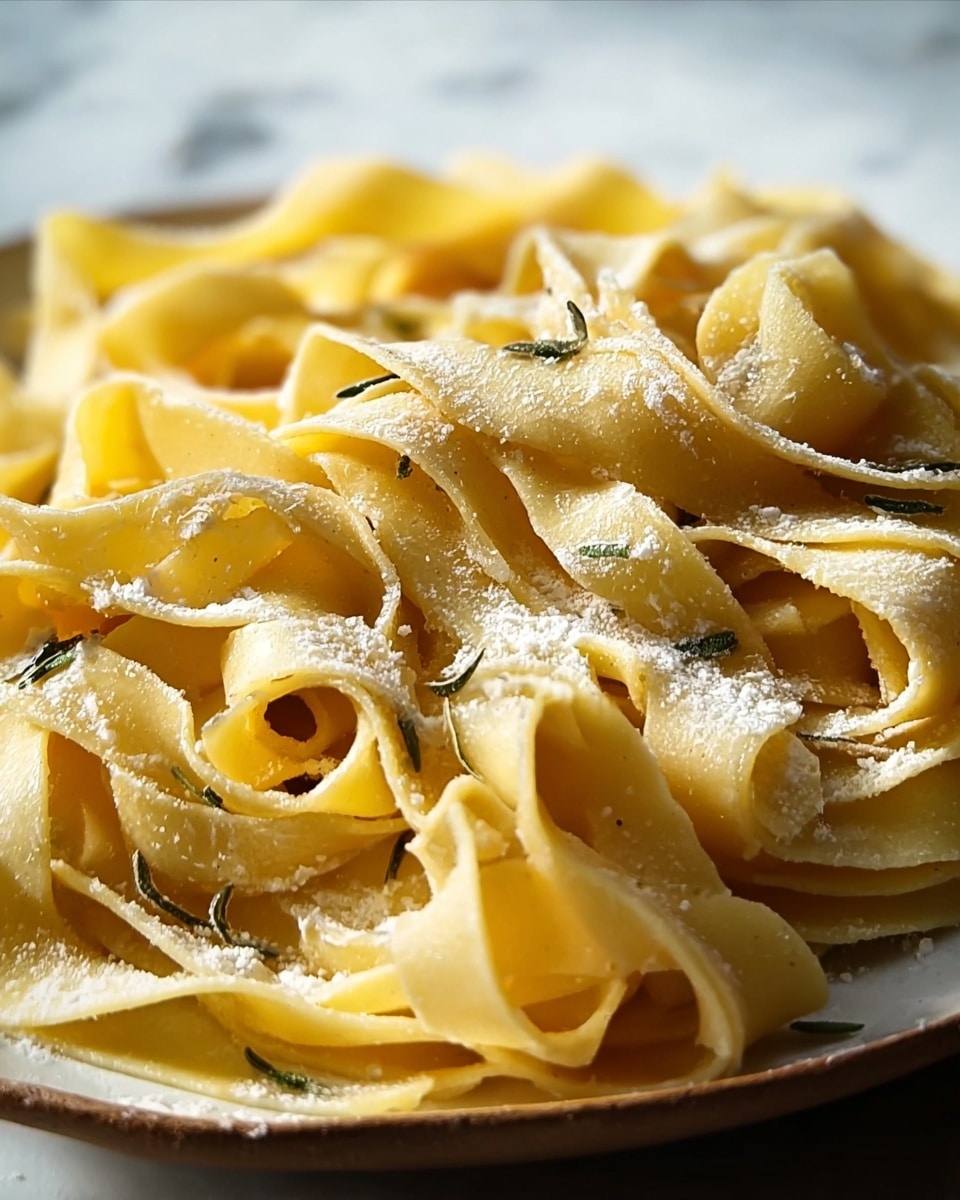
Garnishes
Sprinkle freshly chopped parsley, grated Parmesan, or a touch of cracked black pepper on top. These simple garnishes add bursts of freshness and depth, enhancing your homemade noodles without overpowering their delicate flavor.
Side Dishes
Pair your egg noodles with roasted vegetables, a crisp green salad, or braised meats like pot roast or chicken. The soft noodles act as the perfect canvas for rich, savory accompaniments, turning your meal into a comforting feast that’s both balanced and satisfying.
Creative Ways to Present
For a playful twist, use your homemade egg noodles in a noodle kugel or toss them in a stir-fry with colorful veggies and sesame seeds. You could even crisp them up in a pan for a crunchy noodle topping to soups or casseroles. The options are as limitless as your imagination!
Make Ahead and Storage
Storing Leftovers
Cooked egg noodles can be stored in an airtight container in the refrigerator for up to 3 days. Toss them lightly with olive oil first to prevent clumping and keep their texture silky when you reheat.
Freezing
If you want to save your noodles for a later date, flash freeze them in a single layer on a baking sheet, then transfer to a freezer bag. They’ll hold up well in the freezer for up to 2 months, ready to be added straight from frozen into soups or hot water.
Reheating
The best way to reheat is gently in a pan with a splash of water or broth over medium heat until warm, which refreshes their softness without drying them out. Avoid microwaving directly, as homemade noodles can dry quickly that way.
FAQs
Can I substitute whole wheat flour in this Homemade Egg Noodles Recipe?
Absolutely! Whole wheat flour will give the noodles a nuttier flavor and a denser texture. You might want to mix it with all-purpose flour to keep the dough manageable and tender.
How thin should I roll the dough for the best noodles?
A thickness of about 1/8 inch is ideal for tender, not-too-chewy noodles. You can always adjust a bit depending on your preference or the dish the noodles will accompany.
Can I use the dough immediately after mixing, without resting?
Resting the dough is highly recommended because it relaxes the gluten and makes rolling easier. Skipping this step could result in noodles that snap back or tear while rolling.
How do I prevent homemade egg noodles from sticking together?< /h3>
Toss your cut noodles lightly in flour before cooking to keep them separated. Once cooked, stirring them with a little oil or butter helps prevent clumping as well.
What sauces pair best with homemade egg noodles?
Given their mild flavor and tender texture, homemade egg noodles shine with butter and herbs, creamy Alfredo, rich beef stroganoff sauces, or even simple tomato-based sauces.
Final Thoughts
Trying this Homemade Egg Noodles Recipe opens up a whole new world of pasta-making joy right in your own kitchen. It’s a comforting, fun, and delicious project that yields impressive, restaurant-quality noodles every time. I encourage you to grab your rolling pin, embrace the dough’s tactile magic, and treat yourself to the simple pleasure of homemade pasta. Once you taste these noodles fresh from your own hands, you’ll never want to go back to store-bought again.
Print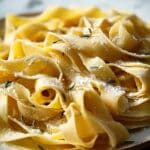
Homemade Egg Noodles Recipe
- Total Time: 49 minutes
- Yield: 4 servings 1x
Description
This Homemade Egg Noodles recipe offers a simple and classic way to make fresh pasta from scratch using basic ingredients like flour, eggs, and salt. Perfectly tender and versatile, these noodles cook quickly and pair beautifully with a variety of sauces or soups. The dough is kneaded to smooth elasticity, rested for easy rolling, and then cut into strips for a delightful homemade pasta experience.
Ingredients
For the Dough
- 2 cups all-purpose flour, plus extra for rolling
- 2 large eggs
- 1/2 teaspoon salt
- 2–3 tablespoons water (as needed)
- 1 tablespoon olive oil (optional, for extra tenderness)
Instructions
- Make the Dough: In a large bowl, combine the flour and salt.
- Create a Well: Make a well in the center of the flour mixture, then crack the eggs into the well.
- Mix the Eggs and Flour: Use a fork to gently beat the eggs, slowly incorporating the flour from the sides until the dough begins to form.
- Knead the Dough: Transfer dough onto a lightly floured surface and knead for 8-10 minutes until smooth and elastic. Add water teaspoon by teaspoon if too dry, or sprinkle more flour if too sticky.
- Rest the Dough: Cover dough with a clean towel or plastic wrap and let rest for 30 minutes to relax the gluten and ease rolling.
- Roll the Dough: Divide rested dough into two pieces. Roll each out on a floured surface with a rolling pin or use a pasta machine, rolling until about 1/8 inch thick.
- Cut the Noodles: Fold rolled dough loosely and cut into strips about 1/4 to 1/2 inch wide using a sharp knife. Unfold strips and toss with flour to prevent sticking.
- Cook the Noodles: Bring a large pot of salted water to a boil. Add noodles and cook for 2-4 minutes, until noodles float and are tender.
- Serve: Drain noodles and toss with your favorite sauce, butter, or seasoning.
Notes
- Resting the dough is essential for easier rolling and better texture.
- You can add olive oil to the dough for extra tenderness, but it’s optional.
- Fresh noodles cook much faster than dried pasta, so watch closely while boiling.
- Flour the noodles well after cutting to prevent sticking before cooking.
- Store uncooked noodles in the refrigerator for a day or two or freeze for longer storage.
- Prep Time: 15 minutes
- Cook Time: 4 minutes
- Category: Main Course
- Method: Stovetop
- Cuisine: American
